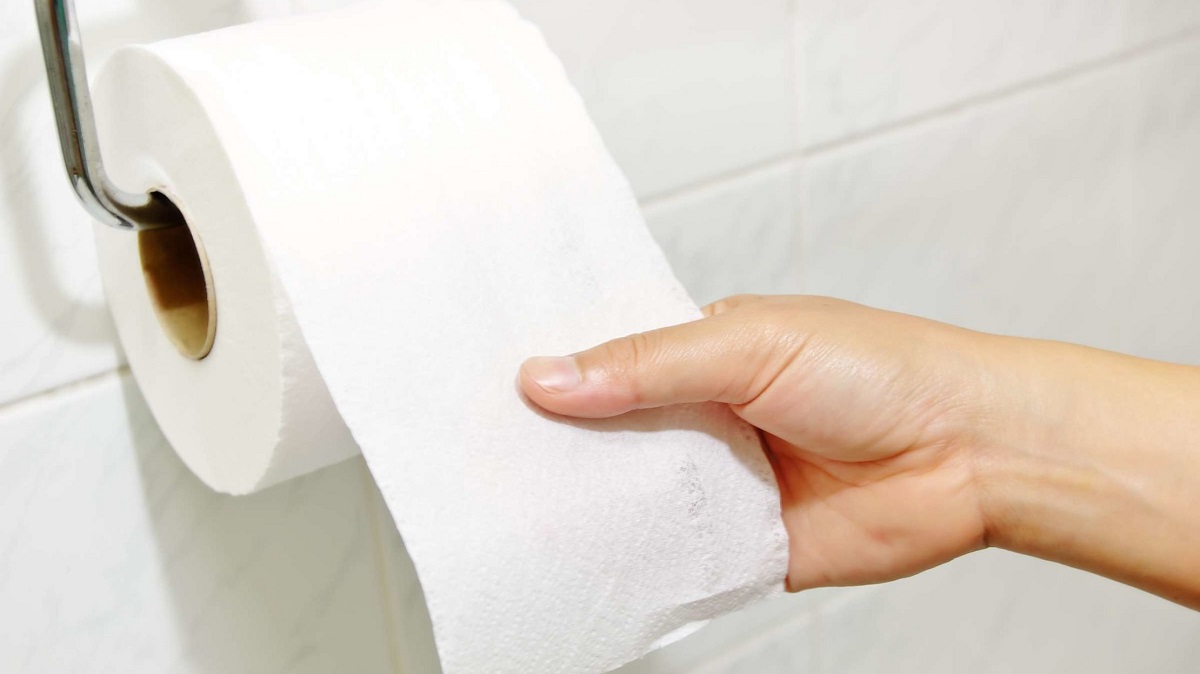

Articles
What Did People Use Before Toilet Paper
Modified: February 28, 2024
Discover fascinating historical alternatives to toilet paper in this collection of articles. Learn how people managed hygiene before the invention of this modern convenience.
(Many of the links in this article redirect to a specific reviewed product. Your purchase of these products through affiliate links helps to generate commission for Storables.com, at no extra cost. Learn more)
Introduction
In today’s modern world, it’s hard to imagine a life without the convenience of toilet paper. We take for granted the existence of this essential hygiene product that we use on a daily basis. But have you ever wondered what people used before the invention of toilet paper?
In this article, we will explore the fascinating history of toilet paper and uncover the alternatives that were used in different societies throughout the ages. From ancient civilizations to the invention of paper, from natural materials to modern bidets, we will discover the creative ways people managed their personal hygiene.
By understanding the past, we can gain a greater appreciation for the luxury we have today and perhaps even find new perspectives on cleanliness and comfort.
So, let’s dive into the historical journey of toilet paper and explore the interesting alternatives that were used before its introduction!
Key Takeaways:
- Before the invention of toilet paper, ancient civilizations used creative alternatives such as sponges, clay shards, and even their own hands for personal hygiene, showcasing human ingenuity in maintaining cleanliness.
- The evolution of toilet paper from ancient practices to modern alternatives like bidets and water cleansing reflects our commitment to hygiene and sustainability, offering diverse options for personal cleanliness.
Historical Overview
Toilet paper may be a relatively recent invention, but the need for hygiene has been a constant throughout history. The earliest civilizations recognized the importance of cleanliness, although their methods of achieving it were quite different from what we are accustomed to today.
In ancient times, people relied on various materials and techniques to clean themselves after using the bathroom. From leaves and stones to water and even their own hands, the options were limited but effective to some extent.
As societies advanced, so did their approaches to personal hygiene. However, it wasn’t until the invention of paper that a more practical and convenient solution was discovered.
Let’s delve into the fascinating journey of toilet paper and explore the ancient civilizations that left their mark on the history of personal hygiene.
Ancient Civilizations
Before the advent of paper, ancient civilizations had to rely on various materials to clean themselves after using the bathroom. Let’s take a closer look at some of these ancient practices.
In ancient Rome, for example, people used a tool called a “tersorium” which was a sponge attached to a stick. After using the restroom, they would clean themselves with the sponge and then rinse it in a bucket of saltwater. This practice was common in public toilets and was often shared among multiple individuals, which could contribute to the spread of diseases.
The ancient Greeks also employed a similar method, using clay shards or pottery pieces known as “pessoi” to cleanse themselves. These were also shared among multiple individuals and required cleaning after each use.
In ancient Egypt, personal hygiene was highly valued. They used a combination of water and their left hand to clean themselves after using the bathroom. The left hand was considered unclean, and they would use their right hand for eating and social interaction.
Other civilizations, such as the Mayans and the Chinese, used natural materials like leaves, grass, and even seashells to wipe themselves clean. These materials were abundant and readily available in their environments.
As societies developed, so did their methods of personal hygiene. The use of natural materials gradually gave way to more sophisticated techniques and inventions.
But it was the invention of paper that would revolutionize the way people clean themselves after using the bathroom. Let’s explore this pivotal moment in the history of toilet paper.
Invention of Paper
The invention of paper marked a significant turning point in the history of personal hygiene. It provided a more accessible and practical material for cleaning oneself after using the bathroom.
The origins of paper can be traced back to ancient China, where it was invented during the Eastern Han Dynasty (25-200 AD) by a eunuch named Cai Lun. Cai Lun developed a method for making paper out of mulberry bark, old rags, and hemp waste fibers. This invention revolutionized communication, writing, and, eventually, personal hygiene.
Initially, paper was primarily used as a writing surface and for creating various types of documents. However, as its availability increased, people began utilizing it for other purposes, including hygiene.
The first recorded use of paper for personal hygiene purposes dates back to the 6th century in China. During the Tang Dynasty, sheets of paper were cut into small squares and used as a toilet cleaning material. This precursor to modern toilet paper was reserved for the emperor and the aristocracy.
Eventually, the practice of using paper for personal hygiene spread to other parts of Asia, such as Japan and Korea. However, it would be several centuries before the concept reached Europe and other parts of the world.
In the Western world, the use of paper as a toiletry material was not commonly adopted until much later. In medieval Europe, for example, various alternatives to toilet paper were used, such as hay, straw, or even a communal cloth known as a “dryflier.” These materials were often shared among multiple individuals and were not the most comfortable or hygienic options.
It wasn’t until the 19th century that the production of paper specifically for personal hygiene purposes began. Joseph Gayetty is credited with introducing commercially available packaged toilet paper in the United States in 1857. The first commercial toilet paper consisted of individual sheets infused with aloe vera for added comfort.
Since Gayetty’s invention, the production and availability of toilet paper have continued to evolve, and today it is a staple in households around the world.
However, it’s worth noting that different cultures and regions still have unique practices when it comes to personal hygiene, and not everyone relies solely on toilet paper for cleanliness.
Let’s explore some of the alternatives to toilet paper that are still in use today.
Alternatives to Toilet Paper
While toilet paper has become the go-to choice for personal hygiene in many parts of the world, there are still alternative methods and materials that people use for cleansing after using the bathroom.
1. Water Cleansing: In many cultures, especially in the Middle East and Asia, water cleansing is a common practice. Bidets, handheld sprayers, or water vessels are used to wash the genital area after using the toilet. This method is believed to provide a more thorough and hygienic clean.
2. Cloth Wipes: Cloth wipes, often made of soft fabric or cotton, are another alternative to toilet paper. They can be used in place of or in conjunction with water cleansing. These wipes can be reusable and eco-friendly, reducing waste generated by disposable toilet paper.
3. Moss and Leaves: In remote areas or in outdoor settings, people may resort to using natural materials like moss, leaves, or grass. These organic alternatives provide a rough but effective cleansing experience.
4. Handheld Sprayers: Similar to bidets, handheld sprayers are devices that emit a stream of water for cleaning purposes. They can be easily installed next to toilets and offer a convenient and efficient way to cleanse after using the bathroom.
5. Family Cloths: Family cloths, also known as reusable cloth wipes or flannel wipes, are small pieces of cloth that can be washed and reused. They are often used as an alternative to toilet paper in eco-conscious households.
It’s important to note that these alternative methods may vary depending on cultural practices, personal preferences, and regional availability. While some may find these alternatives unfamiliar or uncomfortable, they provide viable options for those seeking alternatives to traditional toilet paper.
With advancements in technology and changing attitudes towards sustainability, bidets and other water-based cleansing methods are gaining popularity as greener and more hygienic alternatives to toilet paper.
Nowadays, the choice between using traditional toilet paper or exploring alternative methods comes down to personal preference, cultural background, and environmental considerations.
Before toilet paper, people used various materials such as leaves, moss, corn cobs, and even water. Some cultures used their left hand and water for cleaning.
Read more: When Did People Get Indoor Plumbing
Natural Materials
Before the widespread use of toilet paper, various natural materials were utilized for personal hygiene purposes. Let’s explore some of these natural alternatives that were commonly used in different parts of the world.
1. Leaves: In many rural areas, leaves of certain plants were commonly used for cleaning after using the bathroom. Large, soft leaves like those from banana trees, coconut palms, or certain ferns were preferred for their gentleness on the skin. People would carefully select leaves, ensuring they were clean and free of any irritants.
2. Moss: Moss, often found in damp and wooded areas, was another natural option for personal hygiene. Its soft and absorbent texture made it suitable for cleaning. People would collect moss, making sure to wash it thoroughly before use.
3. Corncobs: In parts of North America and Europe, corncobs were commonly used as an alternative to toilet paper. People would keep a supply of dried corncobs and use them for cleansing. The texture provided a reasonable cleaning surface.
4. Hay and Straw: In agricultural communities, hay or straw was readily available and was often used for personal hygiene. These materials were accessible, fairly soft, and provided an effective cleansing experience.
5. Sea Shells: In coastal areas, where shells were abundant, people used seashells for personal hygiene. The smooth and curved surfaces helped with cleaning, and they were easily disposable.
While these natural materials were commonly used in the past, it’s important to note that their use was not always widespread or universal. Availability and cultural practices played a significant role in determining which materials were used for personal hygiene.
As civilizations advanced and paper became more readily available, the use of natural materials gradually declined in favor of the convenience and comfort provided by toilet paper and other modern alternatives.
Next, let’s explore the fascinating world of bidets and water cleansing, which have been widely adopted in some parts of the world as a more hygienic alternative to toilet paper.
Bidets and Water Cleansing
In many parts of the world, bidets and water cleansing methods have long been favored as a more hygienic and effective alternative to toilet paper. These practices provide a thorough clean using water, promoting a greater sense of freshness and cleanliness.
A bidet is a fixture typically found in bathrooms, alongside the toilet. It consists of a small basin or faucet that emits a controlled stream of water. The user can adjust the water temperature and pressure according to their preference.
Bidets are commonly used in Europe, the Middle East, and parts of Asia, where they are considered a standard fixture in households and public restrooms. They offer several advantages over traditional toilet paper:
1. Improved Cleansing: Bidets offer a more thorough clean compared to toilet paper. The gentle stream of water effectively removes residue and bacteria, leaving the user feeling fresher and cleaner.
2. Hygiene and Comfort: Water cleansing is considered more hygienic, as it eliminates the need for physical contact with the skin. It can be particularly beneficial for individuals with sensitive skin or those who experience discomfort with rough toilet paper.
3. Eco-Friendly: Using water for cleansing is a more sustainable option compared to the production and disposal of toilet paper. Bidets help reduce paper waste and lessen the environmental impact.
Beyond bidets, other water-based cleansing methods are also popular. Handheld sprayers, also known as “bum guns” or “shattafs,” are commonly used in many cultures. These devices are installed near the toilet and can be controlled for an individualized cleansing experience.
In some regions, such as Japan, advanced electronic bidet seats, known as washlets, have gained immense popularity. These seats feature various water and cleansing functions, including temperature control, adjustable water pressure, and even built-in dryers.
While bidets and water cleansing methods may require an initial adjustment for those accustomed to using traditional toilet paper, many individuals who have made the switch report a more refreshing and satisfying experience.
It’s worth noting that bidets and water cleansing methods are not exclusive to modern times. Historical records reveal that similar practices were employed in ancient Rome, Byzantium, and other societies that recognized the benefits of water for personal hygiene.
Now, let’s take a look at the cultural practices surrounding toilet hygiene in different parts of the world.
Cultural Practices
Toilet hygiene practices vary greatly across different cultures and regions. These practices are often influenced by cultural beliefs, traditions, and available resources. Let’s explore some interesting cultural practices related to toilet hygiene around the world.
1. Asia: In many Asian countries, including Japan, South Korea, and parts of Southeast Asia, water cleansing with bidets or handheld sprayers is the preferred method. The use of toilet paper may also be common, especially in urban areas, but water cleansing is considered more thorough and hygienic.
2. Middle East: In Middle Eastern countries, water cleansing is deeply rooted in cultural practices. The use of bidets, handheld sprayers called “shattafs,” or water vessels is widespread. Some countries, like Iran, also have a traditional practice known as “istinja,” which involves cleaning with water and the left hand.
3. Europe: In Europe, the use of bidets is more prevalent, particularly in countries such as Italy, France, and Spain. While toilet paper is also commonly used, bidets provide an additional level of cleanliness. In Eastern European countries, the use of water and even a combination of bidets and toilet paper is common.
4. Africa: Practices in Africa vary across regions. In some areas, water cleansing with bidets or water vessels is common, while in others, the use of leaves or natural materials is still prevalent. Some tribes have unique practices, such as the Maasai tribe in East Africa, which traditionally uses animal hide or grass for cleanliness.
5. Indigenous Cultures: Indigenous cultures around the world have their own unique practices influenced by their environment. For example, the Inuit people of the Arctic region traditionally used snow or soft tundra moss for personal hygiene. Indigenous tribes in rainforest areas may utilize banana leaves or other abundant natural materials.
It’s important to approach these cultural practices with respect and understanding, recognizing that different societies have developed their own methods of hygiene based on their resources and beliefs.
In our modern, interconnected world, the availability of various hygiene methods and products allows for a more diverse and individualized approach to personal cleanliness. Whether it be the use of toilet paper, water cleansing, or alternative materials, the ultimate goal is to promote cleanliness and comfort.
Now, let’s delve into the evolution of modern toilet paper and its widespread adoption around the globe.
Modern Toilet Paper
Modern toilet paper, as we know it today, has become a ubiquitous hygiene product in households around the world. Its convenience, comfort, and effectiveness have made it the go-to choice for personal cleanliness. Let’s explore the evolution and adoption of modern toilet paper.
The commercial production of toilet paper began in the 19th century, with Joseph Gayetty introducing the first packaged toilet paper in the United States in 1857. Gayetty’s toilet paper consisted of individual sheets infused with aloe vera for added comfort.
Over time, toilet paper went through various improvements and innovations. The introduction of perforated rolls in the late 19th century revolutionized the usability and convenience of toilet paper. It allowed for easy tearing of individual sheets and facilitated the widespread adoption of toilet paper in households.
In the early 20th century, increased industrialization and advancements in manufacturing techniques saw the mass production of toilet paper, making it more affordable and accessible to a larger population.
Today, modern toilet paper is typically made from soft, absorbent materials such as wood pulp or recycled paper. It is manufactured in a way that balances strength, softness, and disintegration rate for optimal performance during use and easy disposal after flushing.
The availability of toilet paper in different sizes, ply thickness, and textures allows individuals to choose products that meet their specific preferences and needs. Some may prefer ultra-soft and cushioned toilet paper, while others opt for eco-friendly or biodegradable options.
In recent years, there has been an increasing focus on sustainability and environmental consciousness in the production and use of toilet paper. Many companies now offer recycled or bamboo toilet paper, which has a lower environmental impact compared to traditional options.
Besides the multitude of options available, toilet paper has also witnessed advancements in packaging and dispensing mechanisms. From classic roll dispensers to automated systems and even smartphone-controlled bidet systems, technology is continuously being integrated into toilet paper-related products for added convenience and comfort.
In some regions, the COVID-19 pandemic brought about a higher demand for toilet paper, leading to temporary shortages. This highlighted the essential role that toilet paper plays in maintaining proper hygiene practices.
While the accessibility and convenience of toilet paper make it a popular choice in many societies, it’s worth noting that alternative methods, such as bidets and water cleansing, continue to be embraced by cultures that prioritize hygiene, sustainability, or a combination of both.
Ultimately, the evolution and widespread adoption of modern toilet paper represent the ongoing quest for improved hygiene practices and the continued development of products that cater to our comfort and convenience.
Now, let’s conclude our exploration of the history of toilet paper and reflect on the importance of personal hygiene in our daily lives.
Read more: What Dissolves Toilet Paper
Conclusion
The history of toilet paper reveals a fascinating journey of human ingenuity and resourcefulness when it comes to personal hygiene. From the use of natural materials and inventive techniques to the invention of paper and the widespread adoption of modern toilet paper, humans have continuously sought ways to maintain cleanliness and comfort.
Ancient civilizations utilized leaves, stones, water, and various natural materials to clean themselves after using the bathroom. These practices were shaped by cultural beliefs, regional resources, and technological advancements of their time.
The invention of paper, particularly during the Eastern Han Dynasty in ancient China, marked a revolutionary development in personal hygiene. As paper became more accessible and widespread, it gradually replaced the use of natural materials and opened the way for more practical and convenient practices.
Today, modern toilet paper is a staple in households worldwide, offering convenience, comfort, and reliability. However, alternative methods such as water cleansing with bidets, cloth wipes, and cultural practices continue to exist, providing individuals with a range of options to suit their preferences and environmental concerns.
The evolution of toilet paper demonstrates our ongoing commitment to cleanliness and sanitation. The advancements in technology, manufacturing techniques, and environmental consciousness have led to the production of a wide variety of toilet paper options, including recycled and eco-friendly choices.
Personal hygiene practices vary across cultures, reflecting diverse beliefs and traditions. From water cleansing in Asia and the Middle East to the use of bidets in Europe, every culture has its unique approach to achieving cleanliness.
In conclusion, understanding the history and alternatives to toilet paper provides us with a broader perspective on personal hygiene. It reminds us of the evolving nature of sanitation practices and encourages us to consider the environmental impact of our choices.
Whether we prefer traditional toilet paper, embrace water cleansing methods, or opt for eco-friendly alternatives, the ultimate goal remains the same: to maintain cleanliness, comfort, and respect for our bodies and the environment.
So let us appreciate the convenience we have today and make informed choices that prioritize our well-being and the sustainability of our planet.
Frequently Asked Questions about What Did People Use Before Toilet Paper
Was this page helpful?
At Storables.com, we guarantee accurate and reliable information. Our content, validated by Expert Board Contributors, is crafted following stringent Editorial Policies. We're committed to providing you with well-researched, expert-backed insights for all your informational needs.
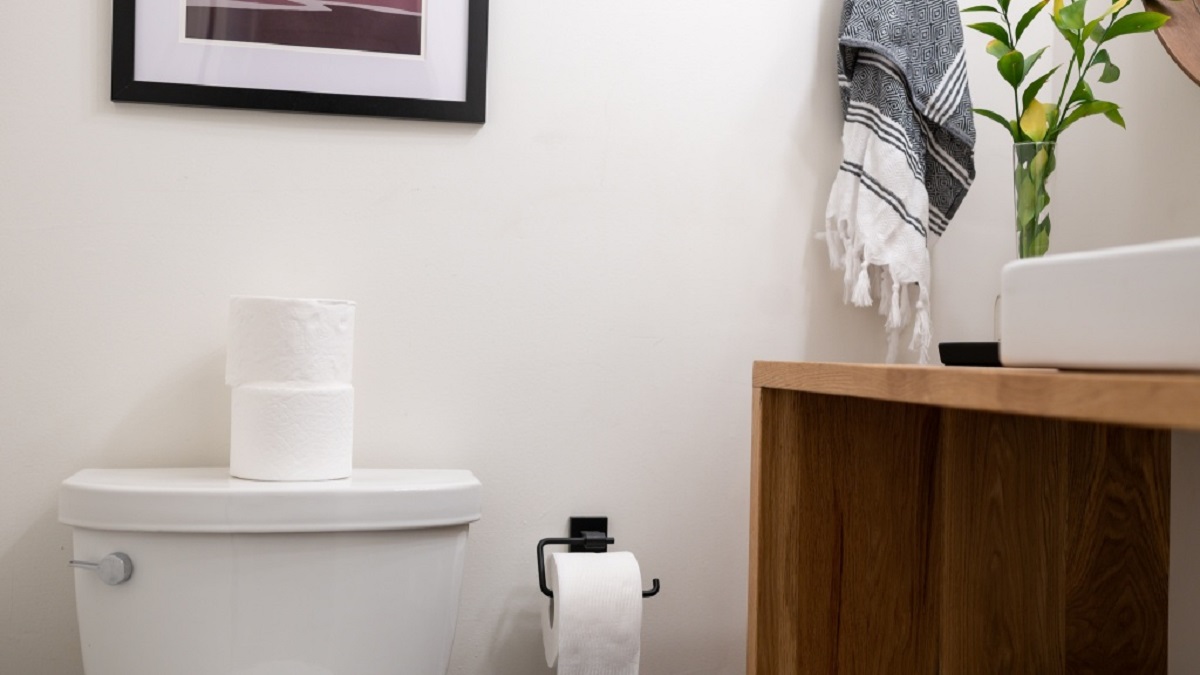
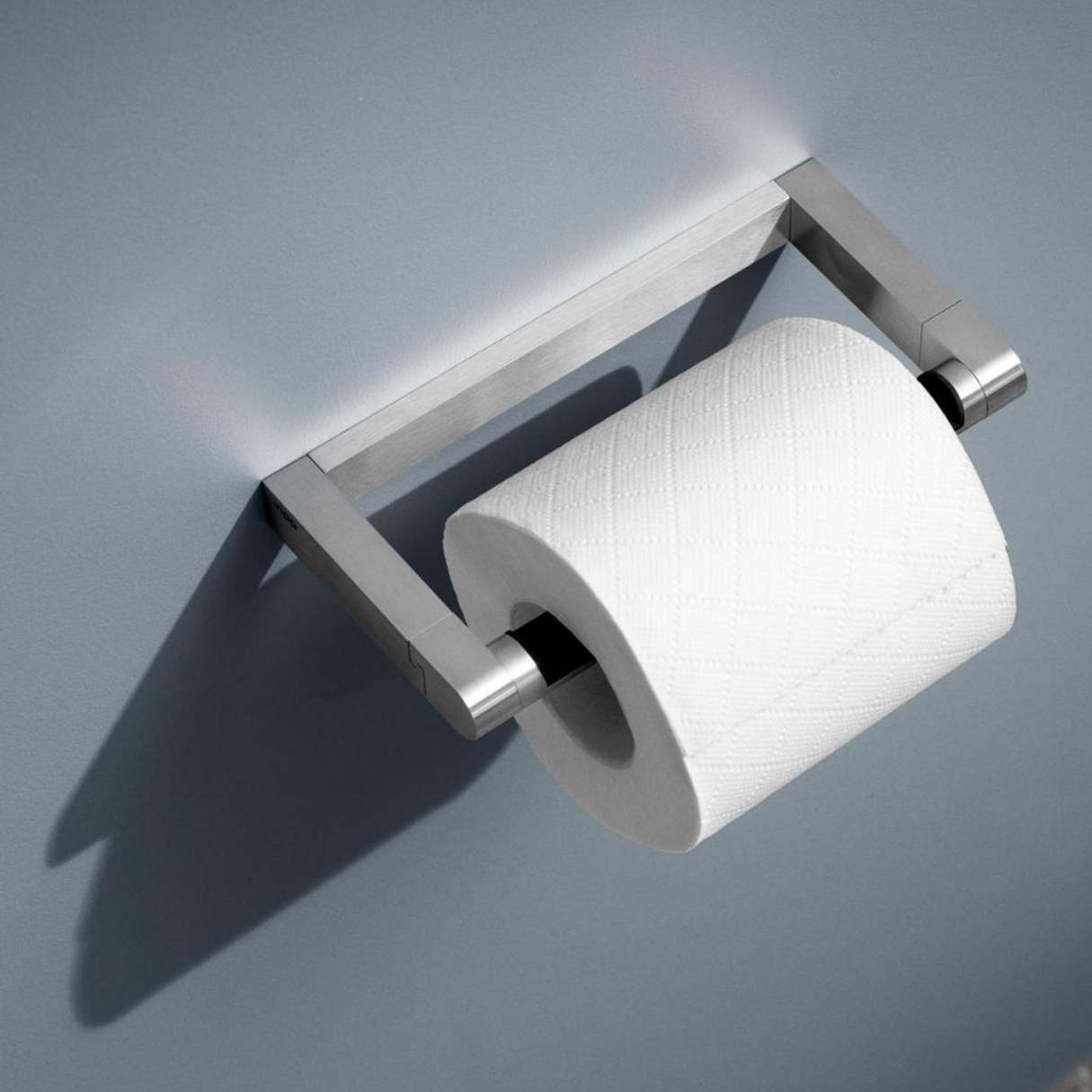
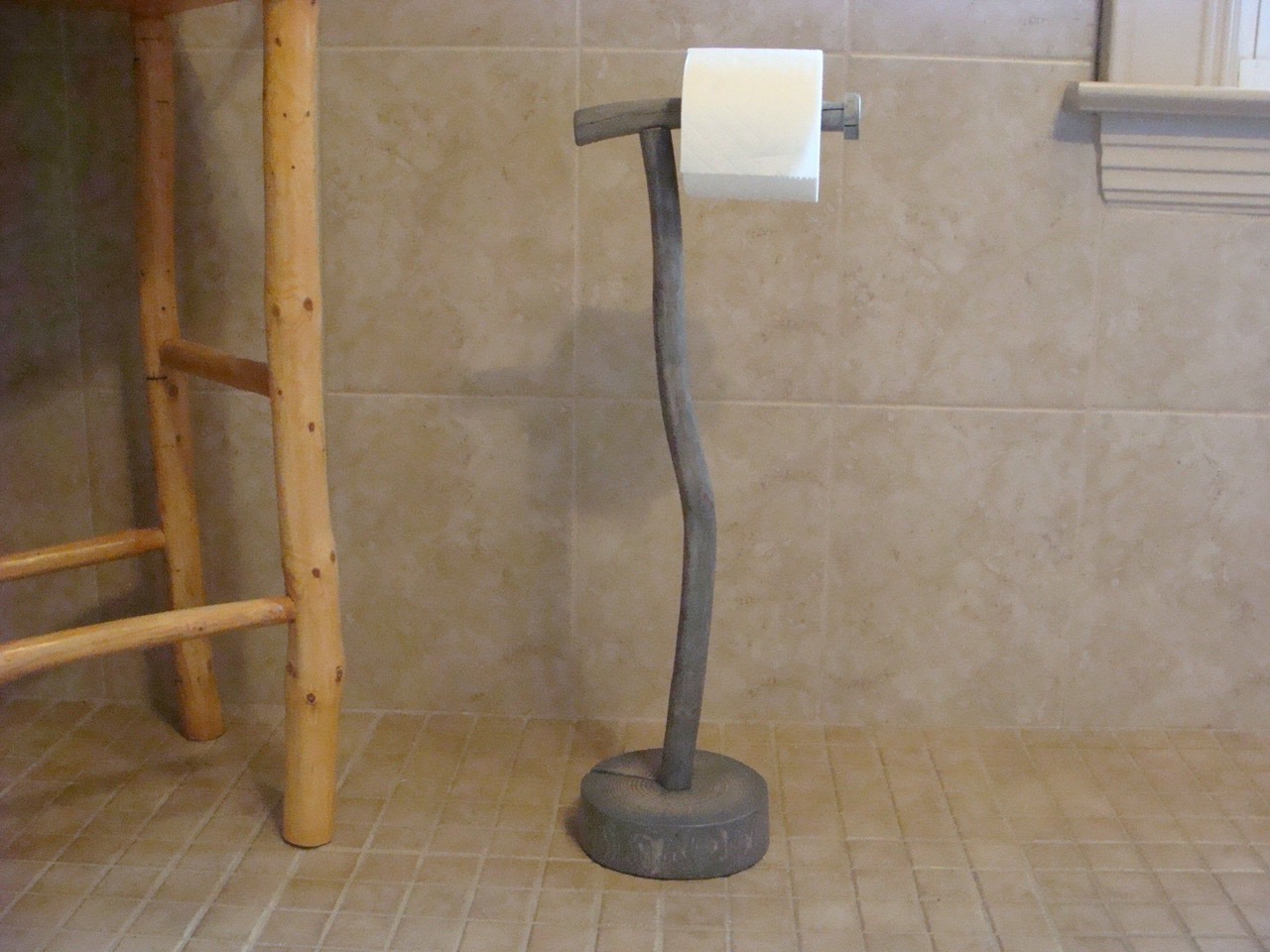
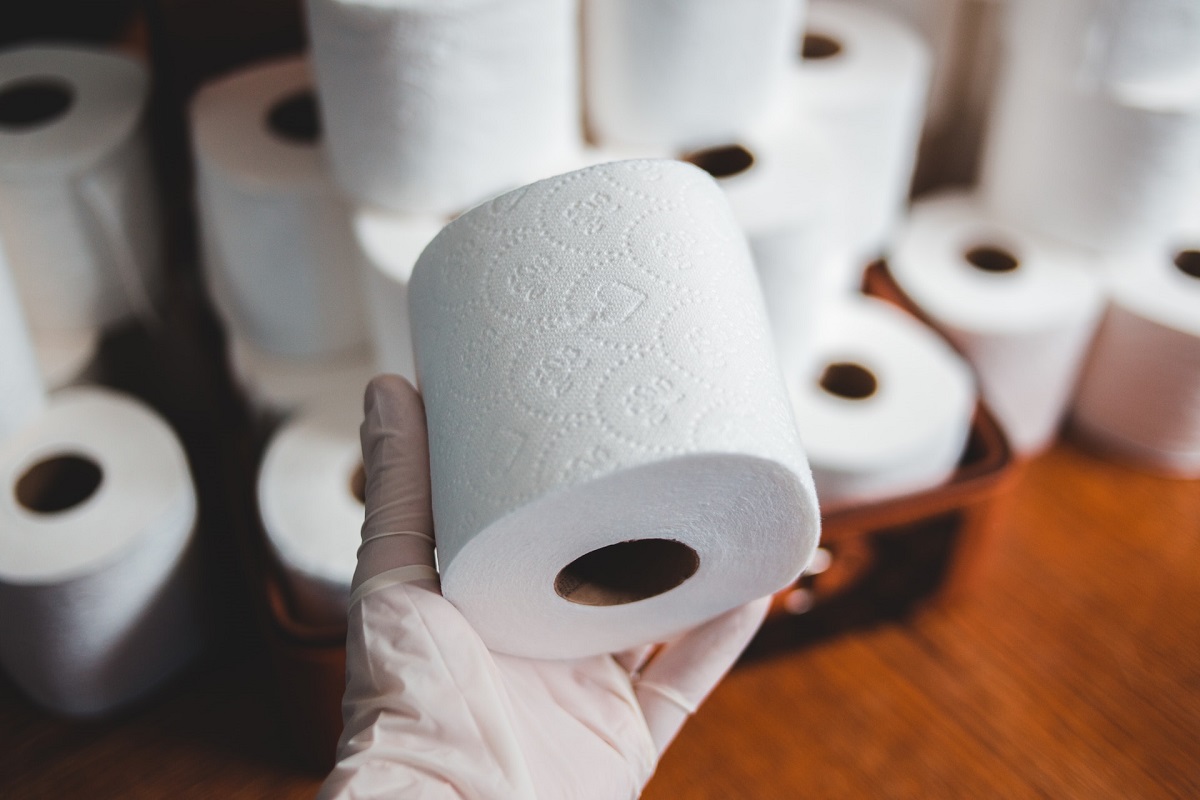
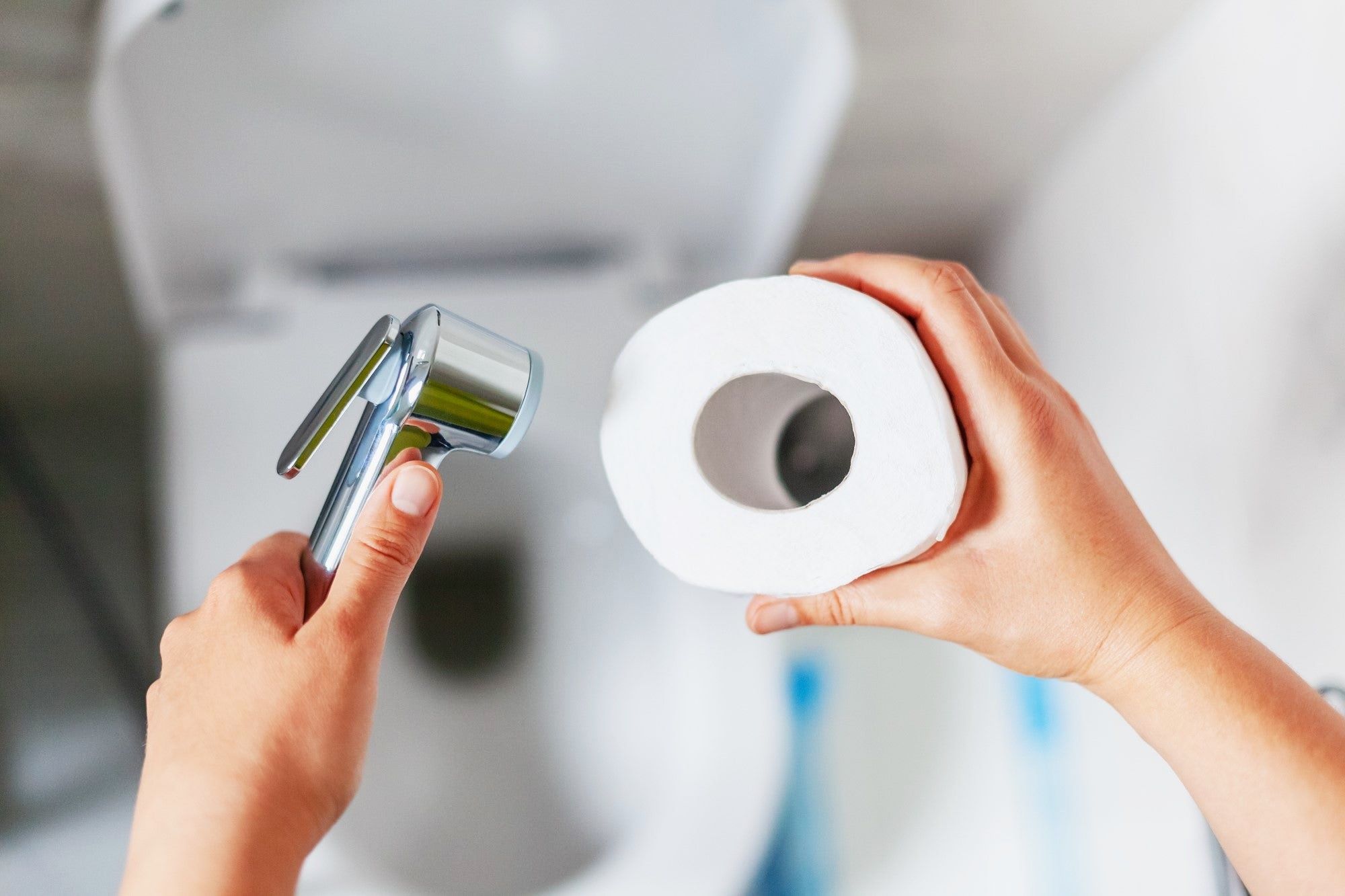
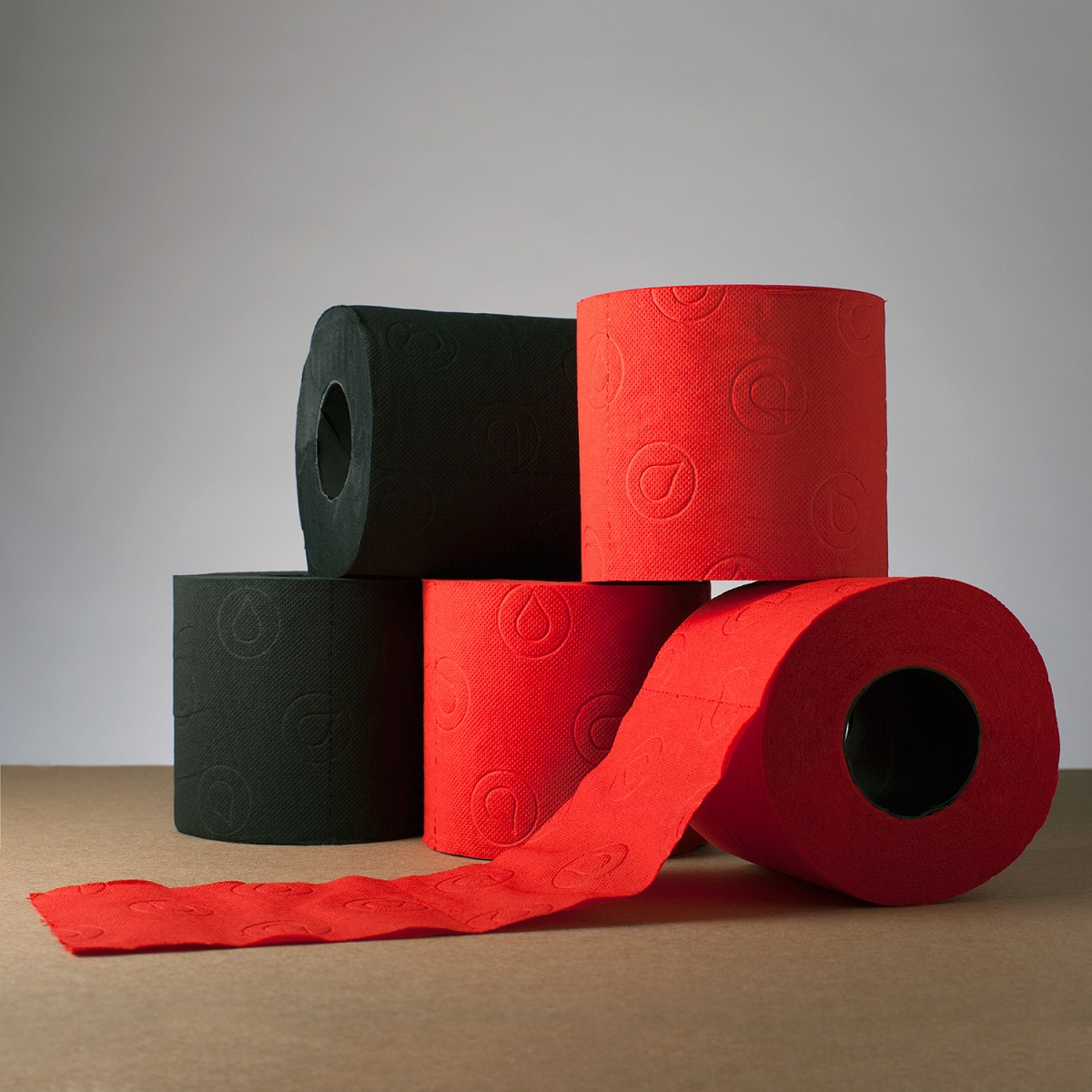
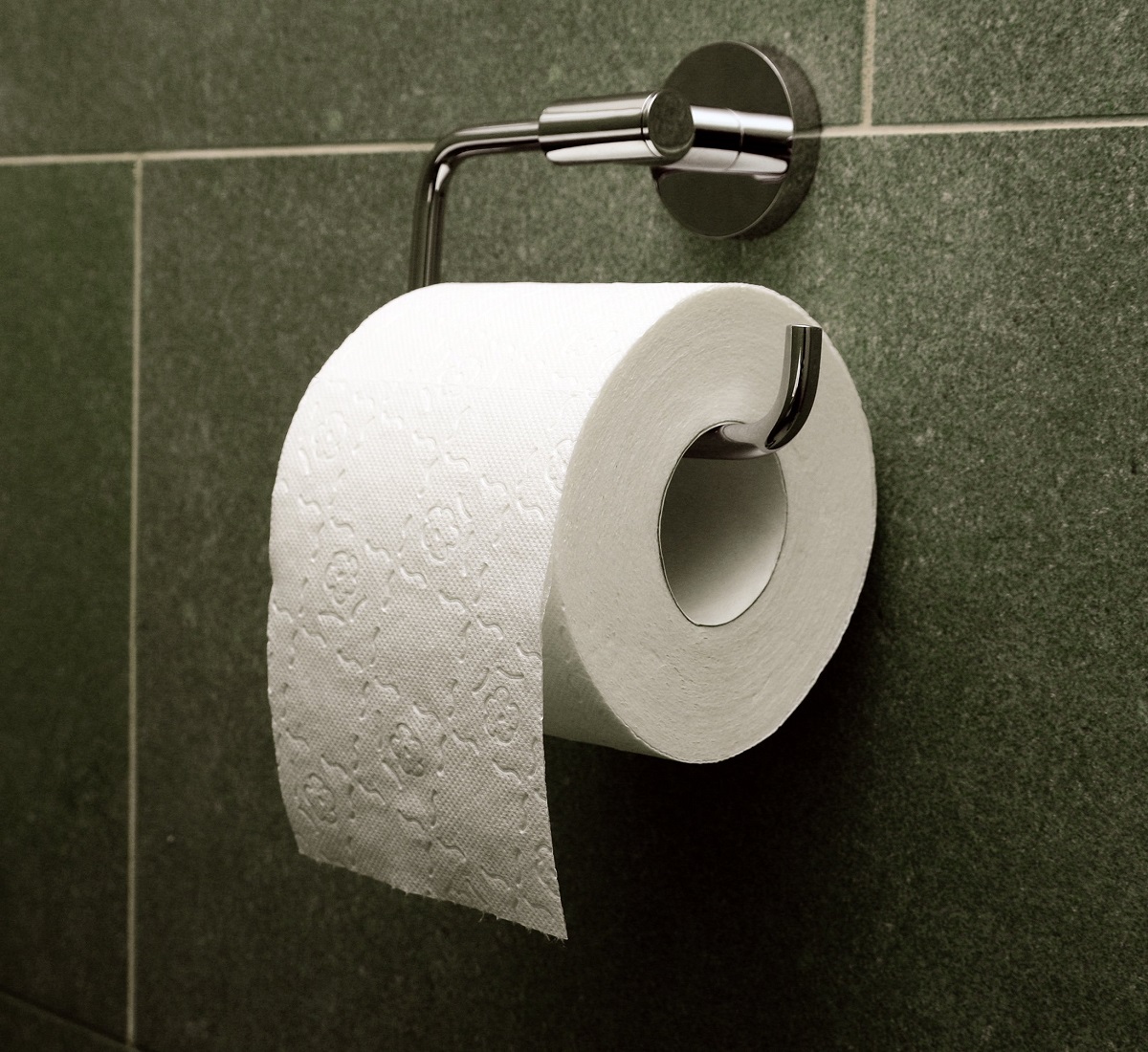

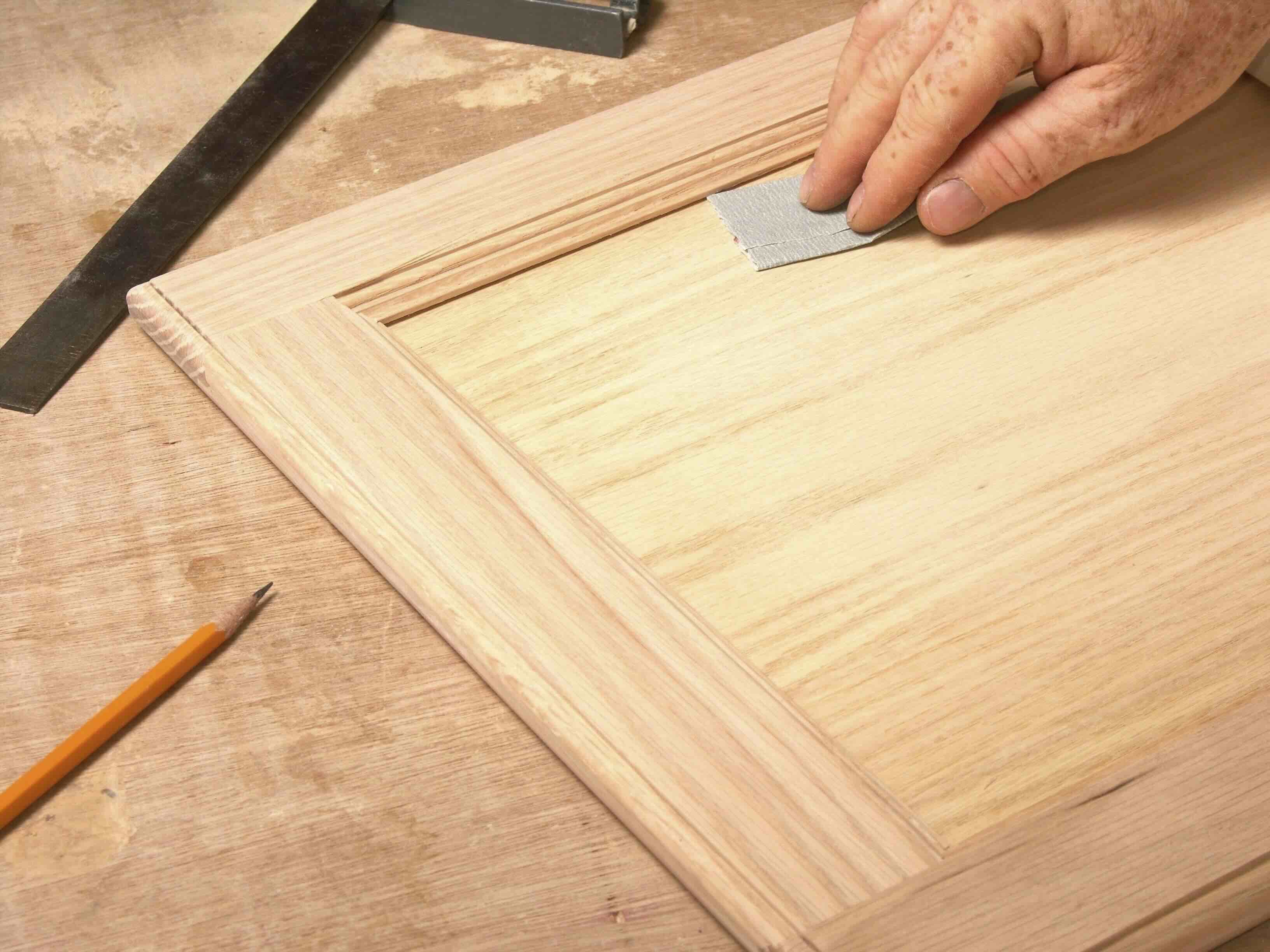

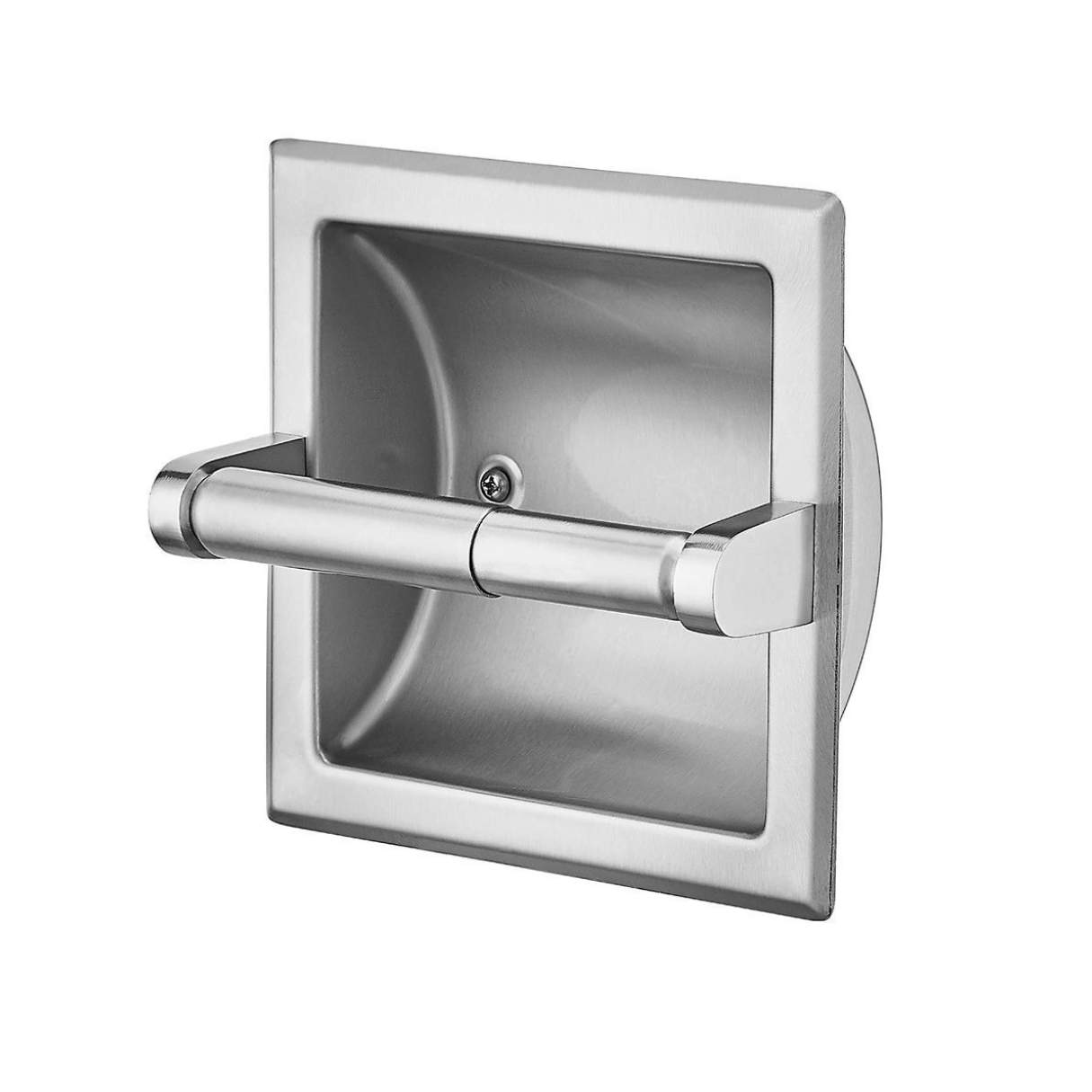
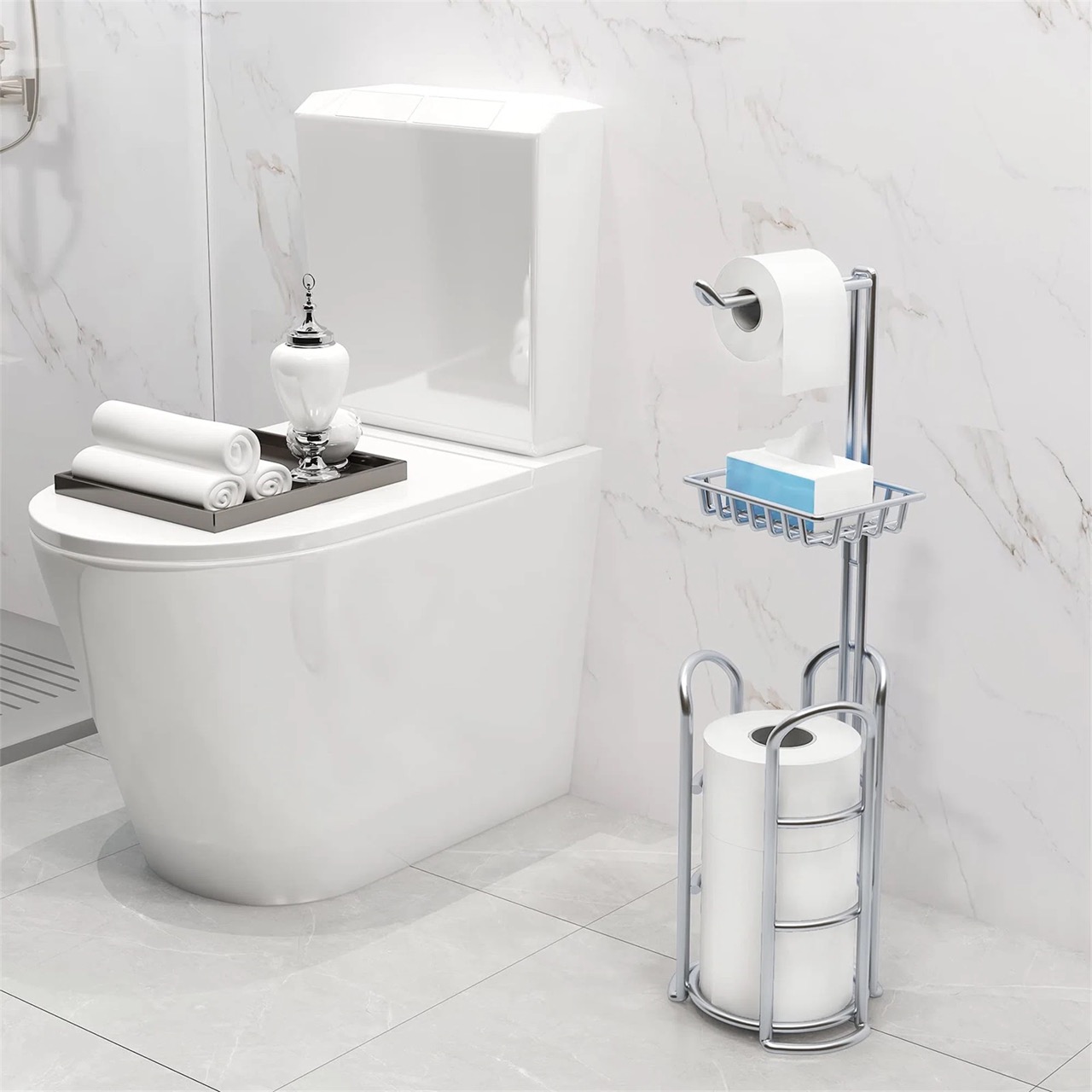
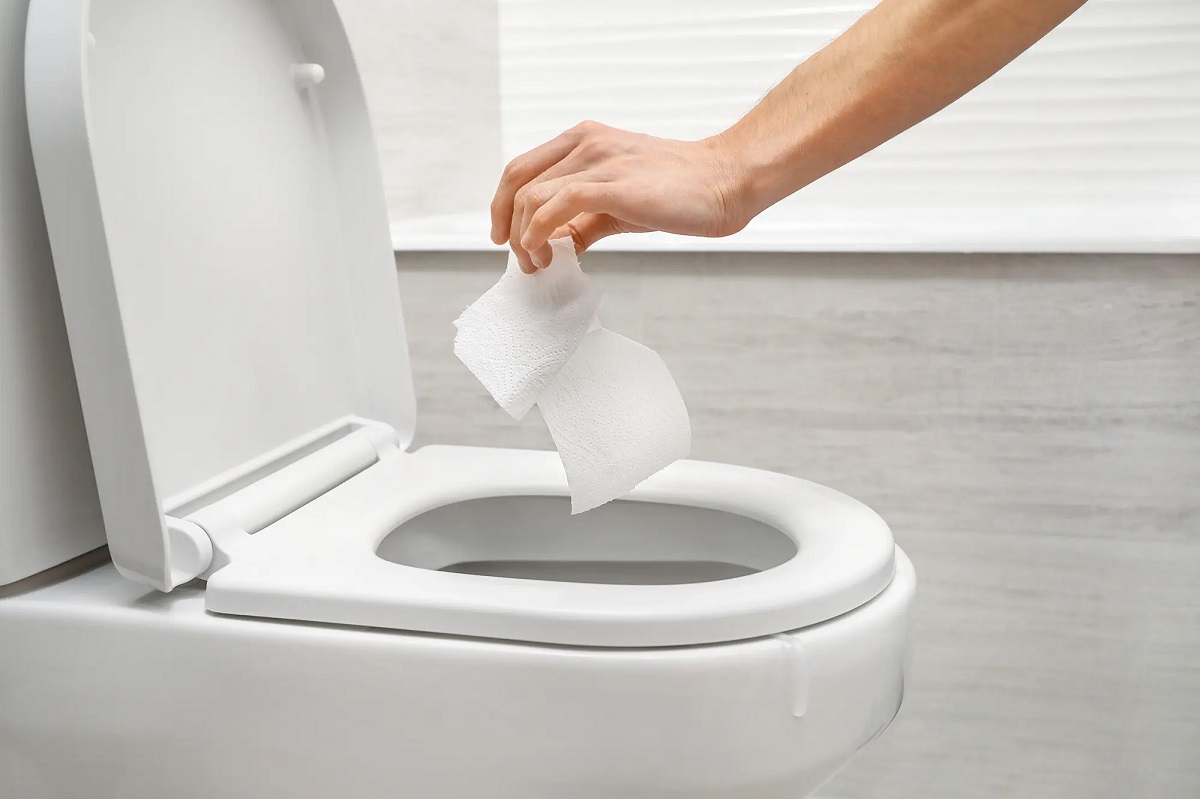

0 thoughts on “What Did People Use Before Toilet Paper”